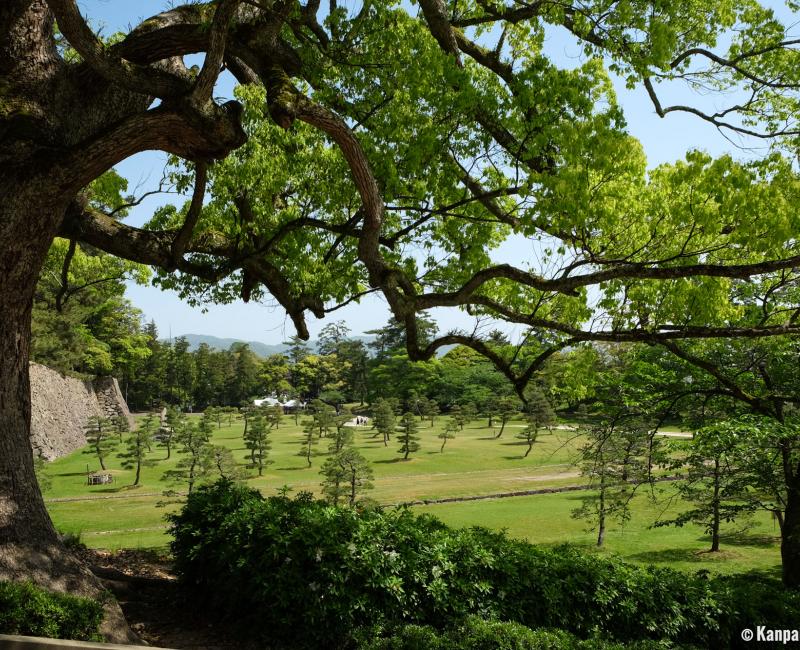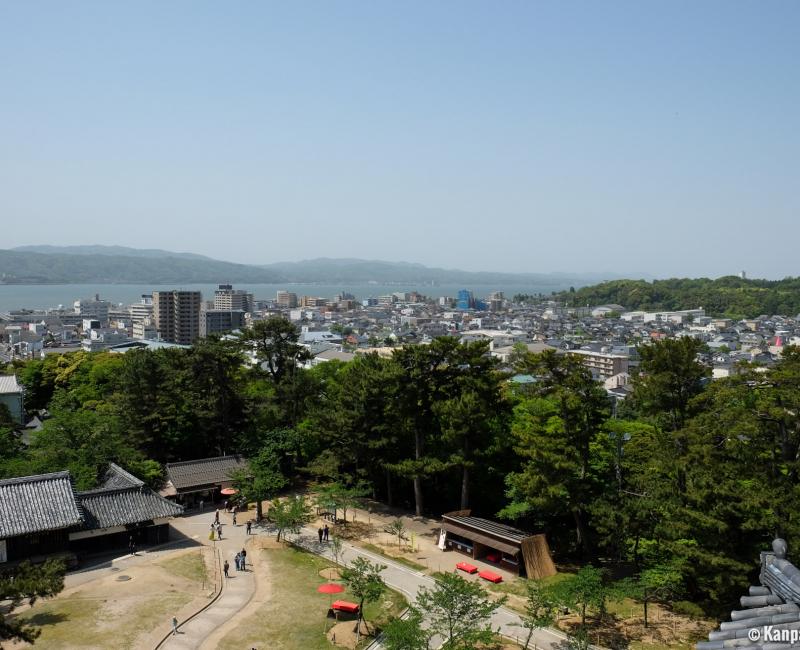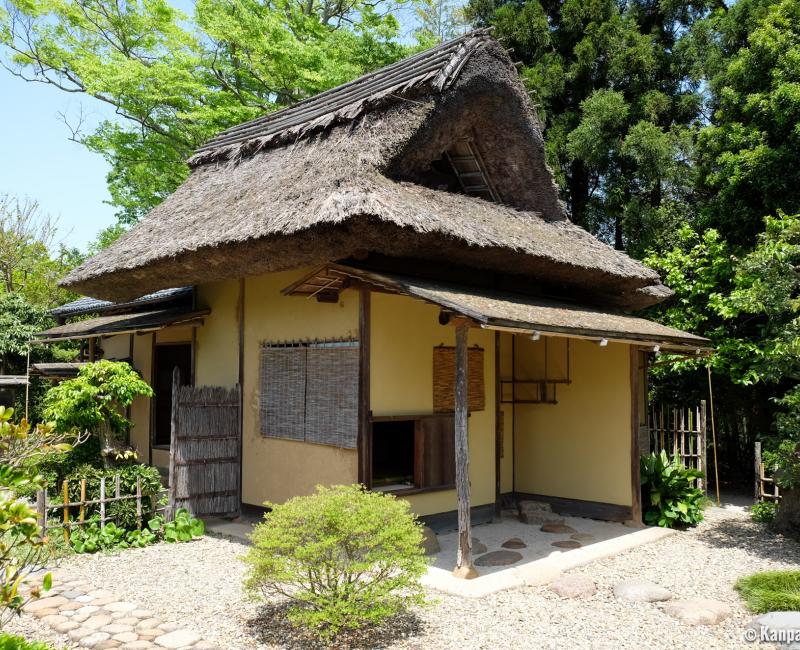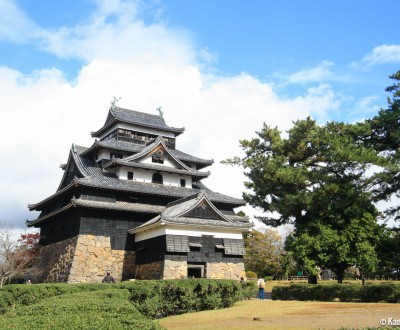Matsue Castle
The Authentic Plover Castle
Matsue Castle is a fortified monument surrounded by moats, located in Matsue city in Shimane prefecture, western Japan. Matsue Castle is one of the last twelve authentic Japanese castles in the country. The preserved main keep is the symbol of the city and the only remaining in Sanin area.
Matsue Castle was completed in 1611 after five years of construction ordered by daimyo (feudal lord) Yoshiharu Horio, the founder of Matsue. The main keep survived all the natural disasters that stroke the area, fires 🔥, and even the dismantlement of feudal castles during early Meiji Era (1868-1912). An elegant high-rise building in its time, its height was a strong defensive feature. However given its construction date, the castle was never used for war.
The castle was designed a National Treasure of Japan in 2015. The dark color of the wood is due to a dye made from unripe kaki left macerating for five years. It was nicknamed "Plover Castle" (Chidori-jo) due to the peculiar structure of its roofs, whose ends go upwards and remind of the shape of the bird’s spread-out wings. It is naturally possible to visit the castle and its surroundings.

A vast park
Matsue Castle is located in a vast sixteen hectares wooded park, also home to several Shinto shrines. A bridge over the moat marks the entrance to the site, in the charming scenery of a sacred island. History amateurs will be thrilled by this beautiful approach immersing visitors in a historical yet lively setting.
The first noticeable construction is a green-colored Western-style house, built for the Emperor during Meiji Era and named Kounkaku. It was used as a reception place and a guesthouse for distinguished visitors.

The Main Keep
Matsue Castle appears behind the last fortification walls. From its main entrance, visitors climb to the upper floor, with a halt at each floor to admire carefully staged reconstitutions, of samurai armors especially, that help picture Japan’s feudal times. There is also an inner well, which is a quite rare remain.
As a general rule, Japanese castle 🏯 are built around two huge wooden pillars from foundations to the top. In Matsue Castle, for financial reasons, pillars were made of several sections and wood pieces were stapled together to form a bigger pillar. The upper floor offers a 360° panorama view on:
- The city of Matsue;
- Lake Shinji;
- The surroundings, especially on a mountain whose shape reminds of a reclining Buddha.
Compared to other Japanese castles, Matsue’s is probably the one that shows best how life and hierarchy were organized in feudal families at the time of their apogee.

Tea ceremony at Meimei-an
In addition and to enjoy a little bit longer the pleasant landscape, amateurs can indulge in tea drinking. Tea ceremonies are held on a regular basis near the castle by one of the dozen of Matsue’s schools of tea ceremony. We recommend trying the nearby Meimei-an Tea House located in the north of the castle outside the moats.
The Tea House sits atop of a hill and was first built in the 18th century by Matsudaira Harusato (or Fumai), the seventh lord of Matsue, and is characterized by a thick thatched roof that protects from snow in winter. The tea ceremony is performed in a modern room but in a traditional way appreciated by connoisseurs: the Fumai-ryu. The ceremony ends by drinking a good matcha tea and enjoying a wagashi (Japanese confectionary) while looking at the castle whose appearance hasn’t changed since Edo Period.

